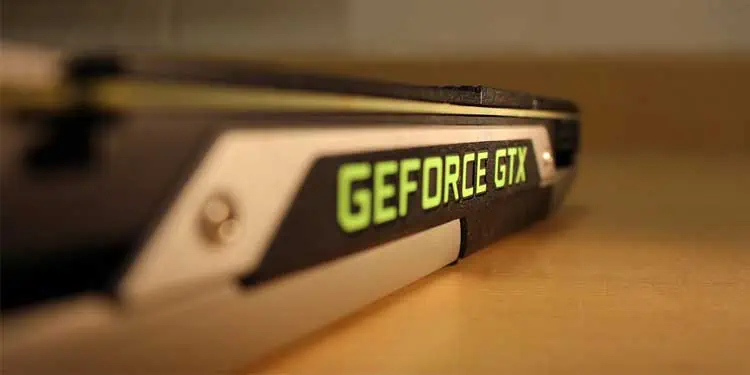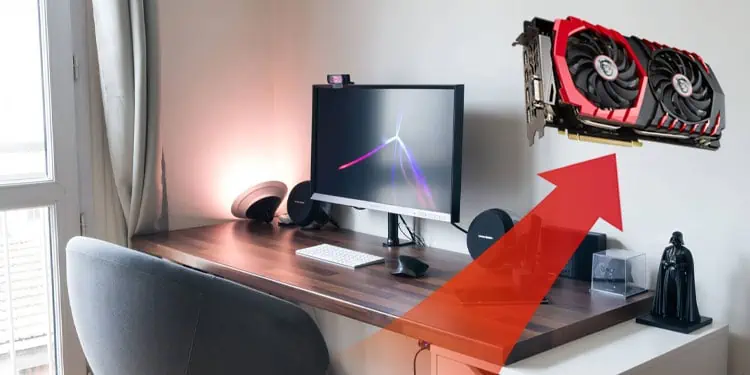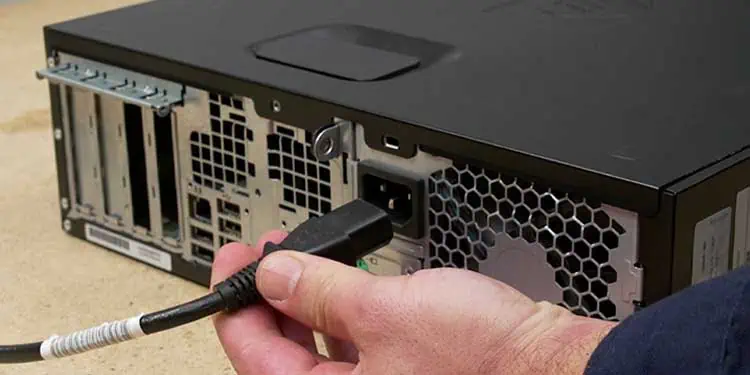So you built your own PC? Or maybe you were just stripping it down for some hardware checkups. Regardless, there is always a chance for your graphics card to get stuck in the PCI slot. And well, that sure is a rather unfortunate scenario.
However, GPUs getting stuck in the motherboard is not a very sparse situation as well. So, you can probably free it with a bit of effort and of course, subtlety.
Whether it’s because of the lock for your PCI expansion card or due to an unsuitable position of your graphics card itself, we are here to help you conquer this issue you’re facing. And, this guide is made just for that!
So, if your GPU is stuck in the motherboard and you don’t know what steps to take, this guide will guide you through all the basics to help you successfully recover your card. Let’s get straight to the point.
How to remove a GPU stuck in the motherboard?
GPUs get stuck in the motherboard usually due to a jammed lock on the PCI slot. So, that’s where most of the work should be done. Listed below is a step-by-step guide on how you can remove your GPU stuck on the motherboard the right way.
Unplug the cables
Before getting into the nitty-gritty bit of the process, it’s important to make sure that all your cables are unplugged from the system. Even if you built the PC yourself or just bought a new one, it’s important to ensure that every cable is out of your GPU’s way. So,
- Disconnect every cable that is in the way of your graphics card.
This includes all the back panel wires connected to your peripherals too.
- If your GPU has additional cables connected to it, firmly pull these cables while holding down the lever on it.
- Ensure that the only power being fed to your GPU is through the PCI slot.
Determine the hardware characteristic of your GPU
Some motherboards have a lock, tab, or type of a clip on the PCI slot that locks the card in its place and you usually need to push it while trying to remove the card. And some might have one that requires a pull instead of a push.
These characteristics are seen mostly on modern generation GPUs. That is, older generation ones may not have any locks at all. Nevertheless, these small clips are at times likely to get jammed on your motherboard. So,
- Determine the hardware characteristics of your graphics card.
- Unscrew all the screws connecting the graphics card to your computer (either from inside the case or from the outside).
Be sure that your GPU is not bolted to your computer and to the PCI expansion slot.
Remove your GPU
Now that you know the type of your graphics card, your next move is to pull the GPU out. Keep in mind that you might have to use a bit more force than usual, but it is bound to come off. So,
- Using a screwdriver, push down the lock (or pull it up, if that’s your system), lightly wiggle your GPU, and firmly try to pull it out.
- If it still doesn’t come out, carefully push the graphics card back into the PCI slot to rearrange its position.
- Then, if you notice any jammed tabs popping away from the motherboard, hold down the tab and once again, firmly try to pull the GPU out.
So, a slight wiggle, a firm push back to the PCI slot, and a solid pull is the only way for you to take your GPU out. Sure, it’s difficult to put the exact force necessary to pull the graphics card, but doing it the right way shall see no damage done to your card.

From helping you choose the best graphics card for a particular budget, to the proper method on how to clean it, we have prepared tons of GPU-related guides that you might be interested in. So, check it out!
How Can I Prevent Components From Getting Stuck on the Motherboard?
Whether it’s due to wear and tear, or due to bad hardware positioning, your components are likely to get stuck on the motherboard again.
So, to prevent this from happening, there are a few precautions you can take to prevent components from getting stuck on the motherboard. Listed below are some ideas you can follow to prevent further casualties:
- Make sure that the hardware components are set in their definite position on the motherboard.
- Clean your hardware components now and again.
- Don’t rush while you screw the hardware peripheral in the system.
- When the component is out of the case, store it in a well-mannered fashion to prevent premature wear and tear.
- Don’t let children play around in the CPU without proper guidance.


